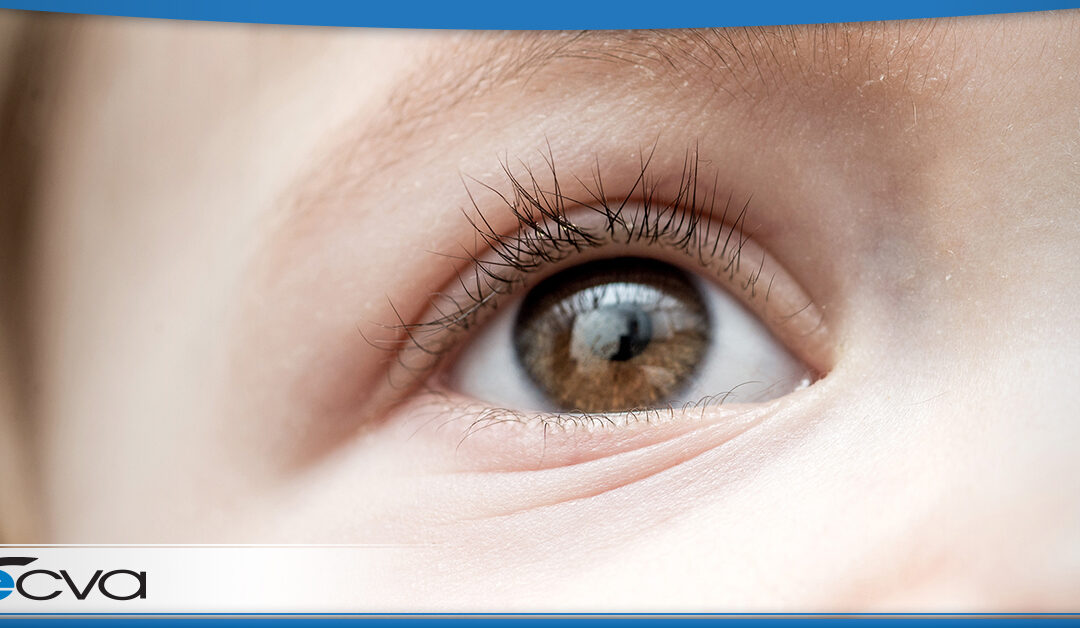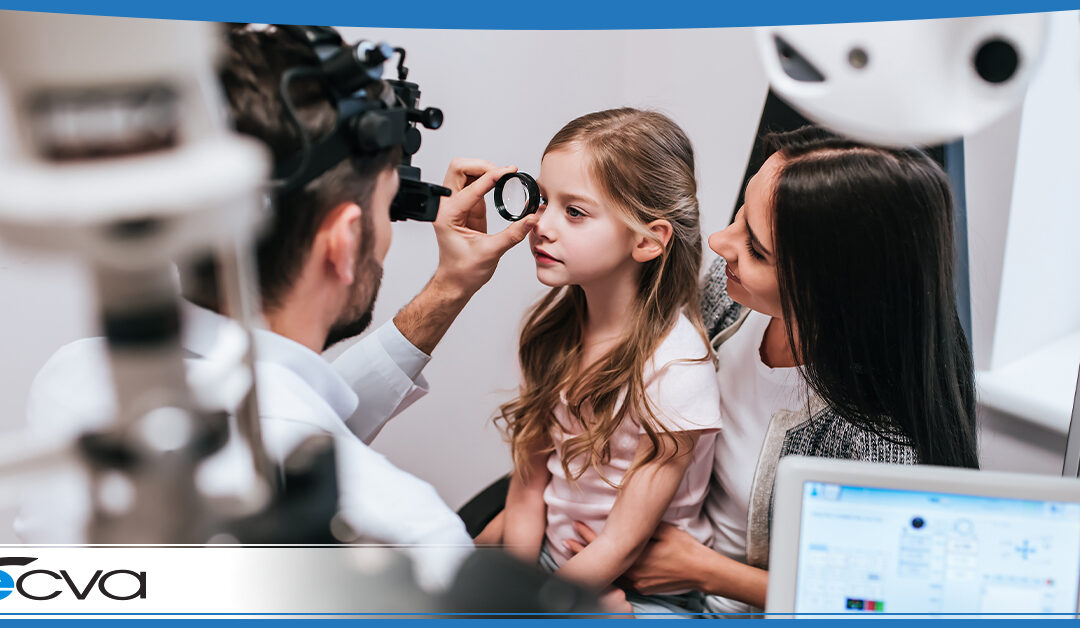
by ecvaeyeadminz | Aug 12, 2021 | Pediatric Ophthalmology
When people think of cataracts, they typically associate the condition with older adults. However, cataracts can happen much earlier in life, and they may even be present at birth. If you would like to learn more about congenital cataracts – including what...

by ecvaeyeadminz | Aug 12, 2021 | Pediatric Ophthalmology
When people think of cataracts, they typically associate the condition with older adults. However, cataracts can happen much earlier in life, and they may even be present at birth. If you would like to learn more about congenital cataracts – including what...

by ecvaeyeadminz | Jul 23, 2021 | Pediatric Ophthalmology
August is Children’s Eye Health and Safety Month. It’s a time where we focus on eye-related concerns that impact children and highlight the importance of eye exams for kids of all ages. During Children’s Eye Health and Safety Month, our...

by ecvaeyeadminz | Jun 19, 2021 | Pediatric Ophthalmology
Many parents aren’t familiar with all of the conditions that can impact their child’s eyes or vision. Pediatric ptosis, while common, isn’t necessarily widely known. If you are wondering what pediatric ptosis is, what the signs of pediatric ptosis are, and...

by ecvaeyeadminz | Jun 19, 2021 | Pediatric Ophthalmology
Many parents aren’t familiar with all of the conditions that can impact their child’s eyes or vision. Pediatric ptosis, while common, isn’t necessarily widely known. If you are wondering what pediatric ptosis is, what the signs of pediatric ptosis are, and...






